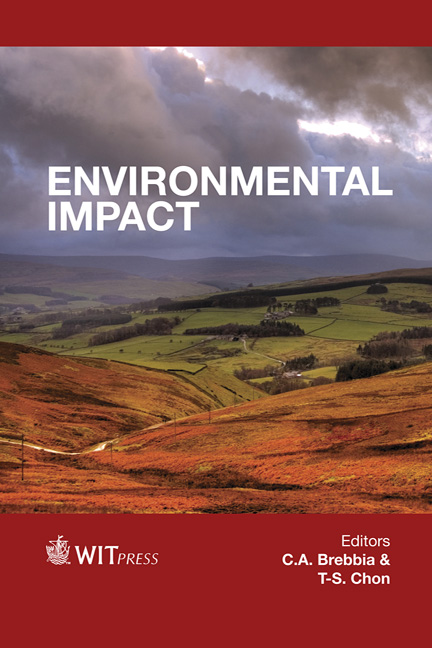Evaluation Of Rehabilitation Alternatives At The Abandoned Avoca Mining Site In Ireland
Price
Free (open access)
Transaction
Volume
162
Pages
13
Page Range
375 - 387
Published
2012
Size
3,796 kb
Paper DOI
10.2495/EID120331
Copyright
WIT Press
Author(s)
R. L. Olsen, R. O’Carroll, E. Doyle & G. Stanley
Abstract
Mining for copper and pyrite in the Avoca district of Ireland began around 1720 and continued until the mines were closed in 1982. The mining, milling, and smelting at the East Avoca and West Avoca mining sites left contaminated waste materials (spoils) on the surface and in the waters; surface waters including the Avoca River were impacted by acid discharges with high metal concentrations; and unsafe conditions existed as a result of abandoned shafts and adits, and unstable piles and walls in open pits. In addition, the area contains many historic structures of industrial archaeological, historical, and cultural importance, many of which were in need of repair. A remediation and restoration plan was prepared with the overall objective of developing realistic, cost-effective, and achievable integrated plans for the site that addressed human and ecological concerns, safety and physical hazards, historical structures, future land uses, and long-term site monitoring and management. A range of remediation alternatives were prepared and evaluated using the procedures modified from the USA EPA Superfund program. Keys to being able to prepare effective and innovative alternatives were the collection of appropriate information and use of appropriate evaluation tools. As a result of these investigations and evaluations, effective, innovative, sitewide integrated remediation alternatives and associated costs were prepared. Remedial actions include grading, relocation and capping of spoils; back filling of open pits; revegetation; water management; treatment of acid discharge
Keywords
abandoned mining sites, remediation, metal contamination





